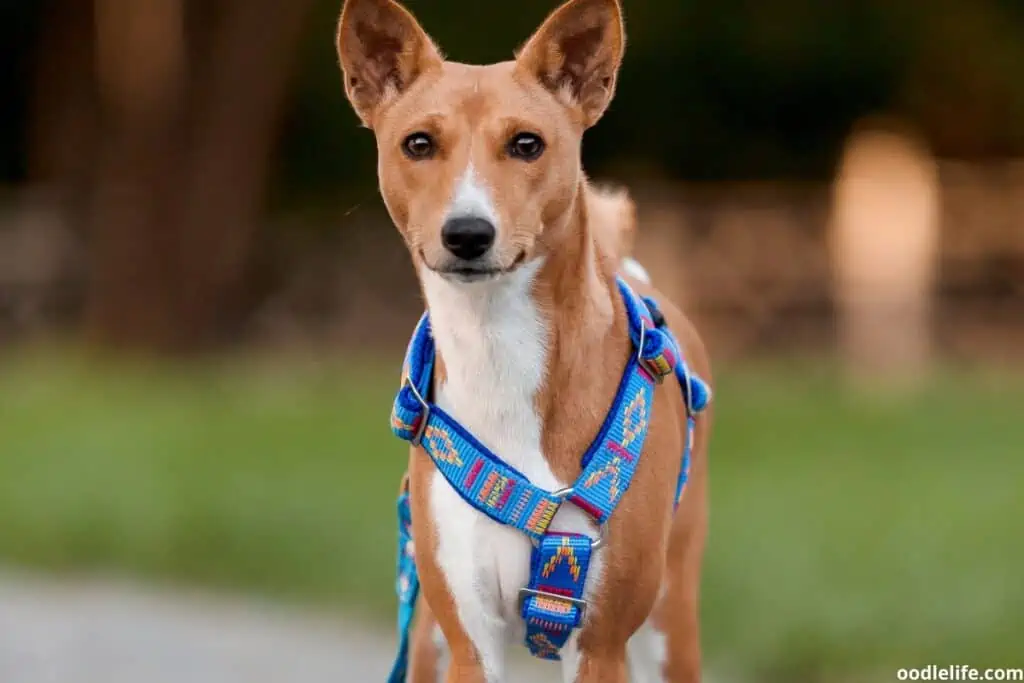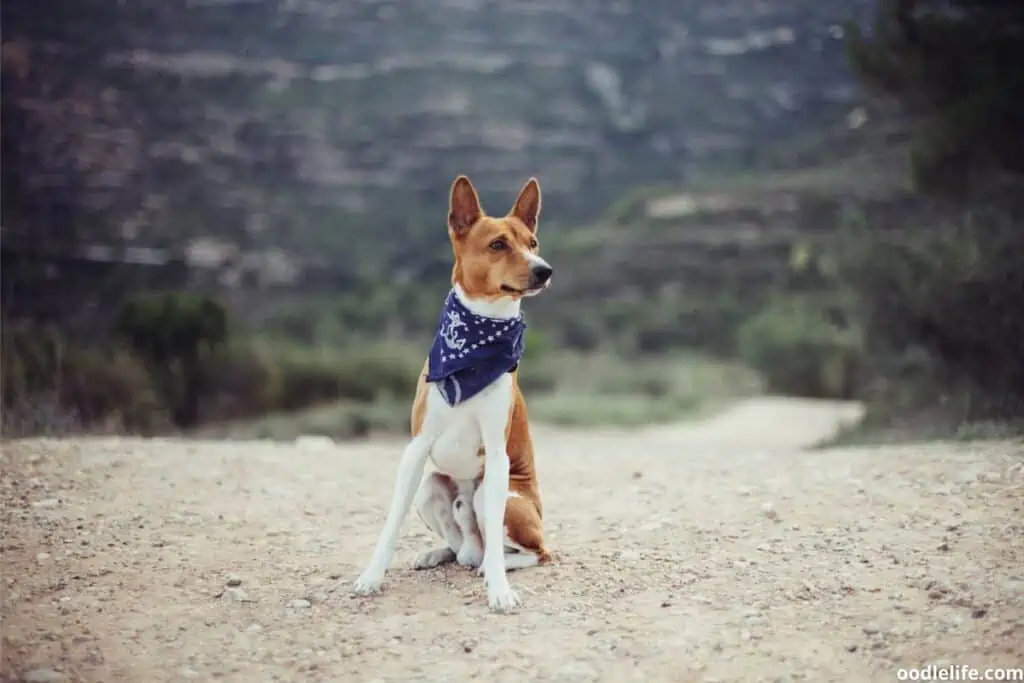Basenji Natural Habitat (Do Basenji Live in the Wild)
Ever wondered what the best environment for a Basenji is? A modern Basenji natural habitat can be anywhere from prairies, deserts, grasslands, forests, rain forests, coastal regions, or arctic zones… Considering how adaptive a modern Basenji can be.
But when we come to the root of it ancient Basenji had only two different natural habitats. Which are the Savannah and the Rain Forest. Both have the common factor of thick bushes.

Basenji Origins
Basenji are also called “dog of the bush” or in primitive years “dog of the savages”. They used to live freely in villages without confinement or leashes. They were domesticated for the purpose of helping humans in hunting and controlling rodent populations in villages.
People would handcraft various sorts of soft bells for them to wear around their necks. Just to keep track of their whereabouts since Basenji were and are well known to be quite the escape artist.
They were allowed to roam freely because they also knew where home was and spent much of their time there. They would only sleep at home in a burrow they would have dug.
Basenji Long-Lasting Traits
When they bonded to particular individuals or families, they became very loyal, unlike your general village dogs.
Modern Bs still possess all the instincts of their ancestors. It’s not recommended to have a Basenji in homes with other small pets, as their prey instinct is quite strong.
If raised with cats they might adapt but they’re not recommended for homes with hamsters, gerbils, rats, mice, guinea pigs, birds, ferrets… I’m sure you get the point.

Basenjis Long-Lasting Characteristics
As hunter dogs, Bs were occasionally fed some of the unwanted bits of meat or prey. It was just thrown to them in bulk and they had to be able to independently take care of their food for survival.
They made holes in the ground to store their food all the while capitalizing on the temperature of the ground. Specifically, how cold or cool it was. Their food would not get stale quicker considering the refrigeration effect it was getting.
A Basenjis real intelligence manifests when they are required to solve problems for their own sake or their own goals such as food, or freedom.
We also have to mention how they seem stubborn upon training. Honestly Basenji were meant to run free in the wild. Being in a place too confined just restricts their inner hunter which in turn makes them seem troublesome.
If or when given some space and freedom they’re quite the good companion.

How Basenjis Spread Around the World
Westerners first came into contact with Basenji from the Congo region of West Africa in the 19th century. It was from there when they started their many attempts to bring the Basenji to Europe.
They failed at first because the imported dogs all died of one disease or the other shortly after arrival. Some died from the shots they got upon arrival.
For instance, in the 1923 case where Lady Helen Nutting brought six Basenjis with her from Sudan, but all six died from distemper shots they received in quarantine.
The first successful importation however occurred in the 1930s both in England and the United States.
From there Basenji have slowly spread throughout the world as reliable and affectionate pets.

Notable Changes in Modern Basenji
Due to all the moving and different placings, Basenji now have evolved or mutated when it comes to their coat and only their coats. All this to adapt to their current environment.
You’ll notice that some Basenji have a thin coat as opposed to the earlier Bs who had thick fur and an even thicker coat. This was all for their hunting activity.
To help them navigate through the heavy forests that have their thick bushes a thick coat was appropriate. It would serve more as a safety amour to the B.
These features started dwindling when the hunting would stop upon moving to different regions. Some Basenji still have their thick fur from staying in cold regions.
But through targeted breeding, these differences are unfortunately and gradually getting lost.
Conclusion
Nowadays a Basenji habitat can or maybe anywhere you see fit. If you are looking to adopt one make sure just have means to make it comfortable and feel as though it is in its natural habitat.